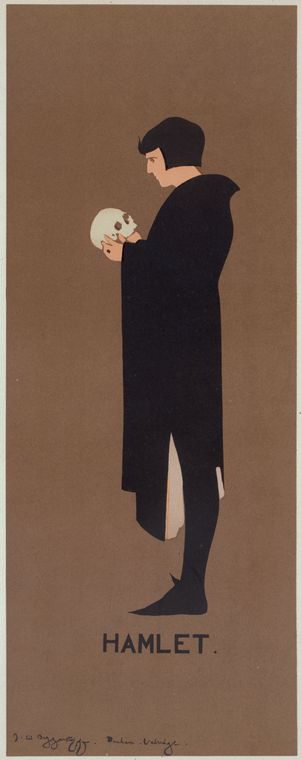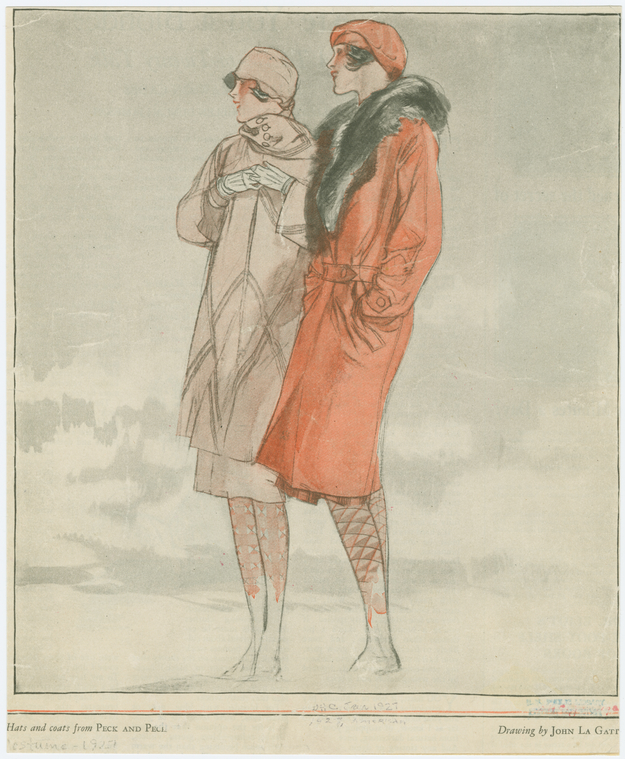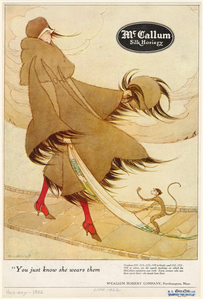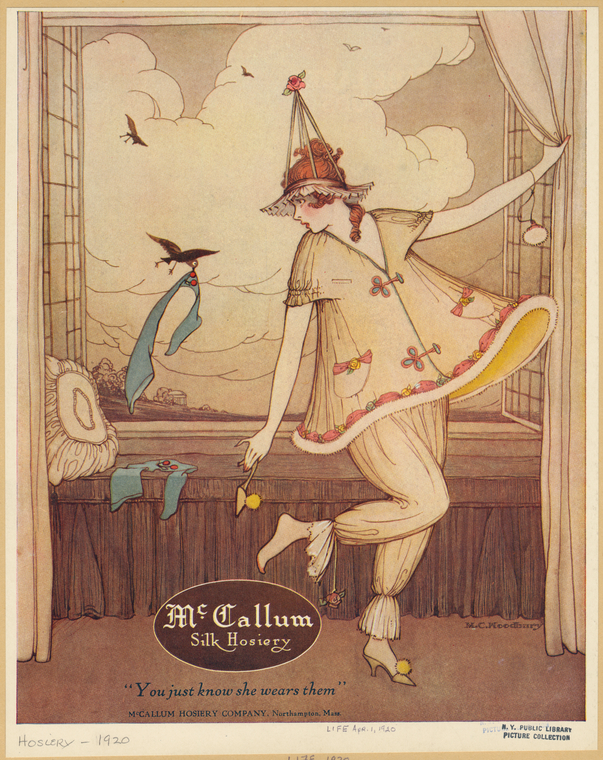Read E-Books with SimplyE
 With your library card, it's easier than ever to choose from more than 300,000 e-books on SimplyE, The New York Public Library's free e-reader app. Gain access to digital resources for all ages, including e-books, audiobooks, databases, and more.
With your library card, it's easier than ever to choose from more than 300,000 e-books on SimplyE, The New York Public Library's free e-reader app. Gain access to digital resources for all ages, including e-books, audiobooks, databases, and more.
If you don’t have an NYPL library card, New York State residents can apply for a digital card online or through SimplyE (available on the App Store or Google Play).
Need more help? Read our guide to using SimplyE.
![[Man In Long Garment With Elaborate Sleeves, England, 14th Century.], Digital ID 810489, New York Public Library [Man In Long Garment With Elaborate Sleeves, England, 14th Century.], Digital ID 810489, New York Public Library](https://images.nypl.org/?id=810489&t=w)


![[Men And Women, Ancient Greece.], Digital ID 817444, New York Public Library [Men And Women, Ancient Greece.], Digital ID 817444, New York Public Library](https://images.nypl.org/?id=817444&t=w)




![[Belted and buttoned coats with fur trim], Digital ID 1599824, New York Public Library [Belted and buttoned coats with fur trim], Digital ID 1599824, New York Public Library](https://images.nypl.org/?id=1599824&t=w)


![[Two-button notch lapel suit],Wales., Digital ID 1599912, New York Public Library [Two-button notch lapel suit],Wales., Digital ID 1599912, New York Public Library](https://images.nypl.org/?id=1599912&t=w)



![[Men In Suits And Woman In Bathing Suit, United States, 1920s.], Digital ID 817179, New York Public Library [Men In Suits And Woman In Bathing Suit, United States, 1920s.], Digital ID 817179, New York Public Library](https://images.nypl.org/?id=817179&t=w)



